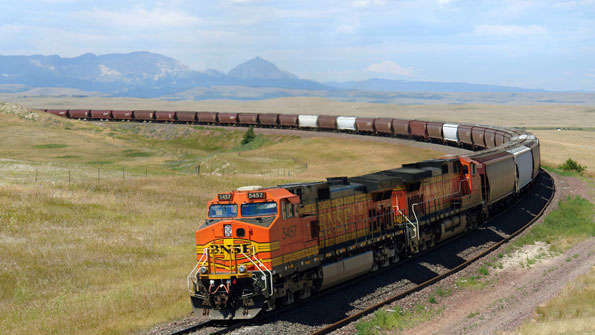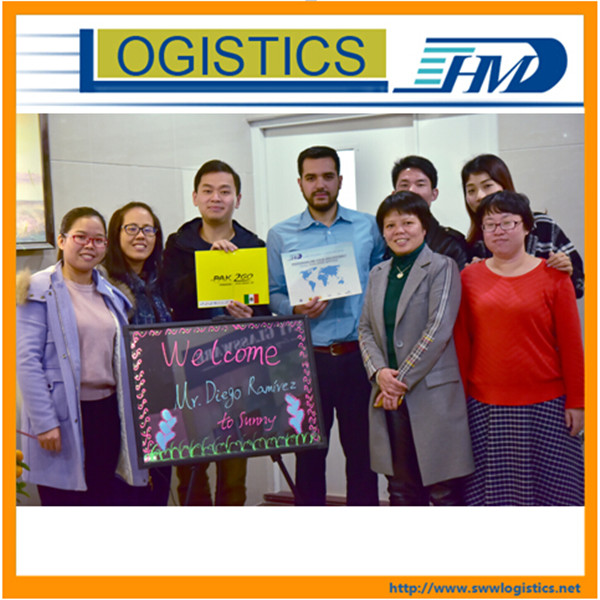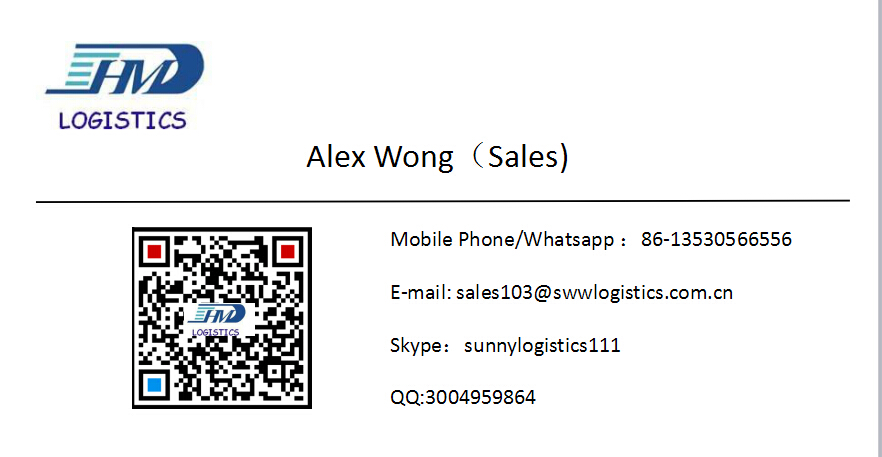Railway picks up container volumes between China and Hamburg
- Author:Alex
- Source:Sunny worldwide logistics
- Release Date:2017-07-12
Railway picks up container volumes between China and Hamburg

HAMBURG's TCO Transcargo, a service provider for freight, warehousing, distribution and container logistics on trains to and from China reports rapid development.
Since TCO entered the China-by-rail field 12 months ago, this business shows every sign of further growth, say company officials.
"We primarily handle containers for export to China. That started with three or four 40-foot containers per week," said TCO managing director Thomas Wolnewitsch.

Today, the firm handles 25 containers per week, and these rail containers to China constitute between 10 and 15 per cent of TCO business.
The main activities of the port operation in the heart of the Port of Hamburg are cargo handling, container stuffing and secure packing of freight for China. Here TCO has had to adapt and learn, since some of the requirements are quite different from those for sea borne containers.
"At destination, the Zhengzhou rail terminal, stringent regulations apply on how containers are loaded. We receive clear instructions on how containers must be balanced in terms of weight so that they can be transhipped in China, said Mr Wolnewitsch.
TCO also takes responsibility for delivering containers at Eurokombi's multimodal terminals in Hamburg-Waltershof or DUSS in Hamburg-Billwerder.
From there they continue to Malaszewicze on the Poland-Belarus border, where they are transferred from standard to broad-gauge track. They continue via Belarus, Russia and Kazachstan as far as Zhengzhou in the Chinese province of Henan.
At least 70 per cent of rail containers for China handled by TCO contain cars. The remaining 30 per cent of the freight consists of machinery, steel coils and boxed/crated export cargo.
TCO's partner and customer is the Chinese rail operator Zhengzhou International Hub Development. Currently ZIH trains are leaving Hamburg for China almost daily. The operator plans to further boost frequency in response to rising demand.
Mr Wolnewitsch sees the saving of time as one advantage of containers by rail. By water, door-to-door transport currently takes six weeks, but by rail it is three weeks. The aim is for purely rail transport to cover the 11,000-kilometre route within seven to nine days.
"For time taken, then, rail is currently very interesting in comparison with sea transport. And on price, it is highly attractive compared to air freight," said Mr Wolnewitsch.
Nevertheless, he is convinced that the new transport system will not significantly influence transport volume in the sea freight field. For that, its capacities are simply too small.
"However, air freight could certainly feel the effects," forecasts the TCO chief.


HAMBURG's TCO Transcargo, a service provider for freight, warehousing, distribution and container logistics on trains to and from China reports rapid development.
Since TCO entered the China-by-rail field 12 months ago, this business shows every sign of further growth, say company officials.
"We primarily handle containers for export to China. That started with three or four 40-foot containers per week," said TCO managing director Thomas Wolnewitsch.

Today, the firm handles 25 containers per week, and these rail containers to China constitute between 10 and 15 per cent of TCO business.
The main activities of the port operation in the heart of the Port of Hamburg are cargo handling, container stuffing and secure packing of freight for China. Here TCO has had to adapt and learn, since some of the requirements are quite different from those for sea borne containers.
"At destination, the Zhengzhou rail terminal, stringent regulations apply on how containers are loaded. We receive clear instructions on how containers must be balanced in terms of weight so that they can be transhipped in China, said Mr Wolnewitsch.
TCO also takes responsibility for delivering containers at Eurokombi's multimodal terminals in Hamburg-Waltershof or DUSS in Hamburg-Billwerder.
From there they continue to Malaszewicze on the Poland-Belarus border, where they are transferred from standard to broad-gauge track. They continue via Belarus, Russia and Kazachstan as far as Zhengzhou in the Chinese province of Henan.
At least 70 per cent of rail containers for China handled by TCO contain cars. The remaining 30 per cent of the freight consists of machinery, steel coils and boxed/crated export cargo.
TCO's partner and customer is the Chinese rail operator Zhengzhou International Hub Development. Currently ZIH trains are leaving Hamburg for China almost daily. The operator plans to further boost frequency in response to rising demand.
Mr Wolnewitsch sees the saving of time as one advantage of containers by rail. By water, door-to-door transport currently takes six weeks, but by rail it is three weeks. The aim is for purely rail transport to cover the 11,000-kilometre route within seven to nine days.
"For time taken, then, rail is currently very interesting in comparison with sea transport. And on price, it is highly attractive compared to air freight," said Mr Wolnewitsch.
Nevertheless, he is convinced that the new transport system will not significantly influence transport volume in the sea freight field. For that, its capacities are simply too small.
"However, air freight could certainly feel the effects," forecasts the TCO chief.

